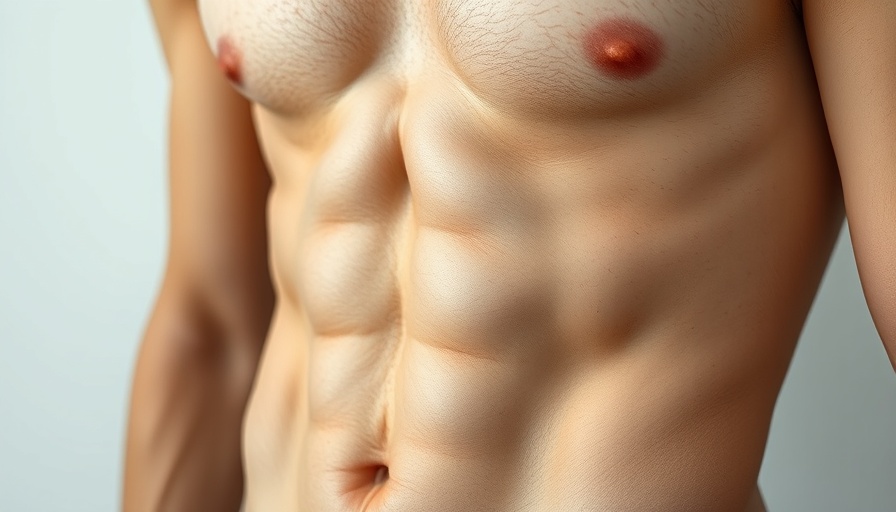
Understanding the Rise of GLP-1 in Aesthetic Medicine
As 2025 approaches, an intriguing shift is reshaping the landscape of aesthetic treatments. The increasing adoption of GLP-1 (glucagon-like peptide-1) medications for weight loss has not only transformed the lives of many but has also significantly impacted the demand for minimally invasive aesthetic procedures. Patients who have successfully lost weight through these medications are now seeking ways to enhance their appearance post-weight loss, with a strong preference for treatments that promise natural-looking results.
Minimally Invasive Treatments That Align with Patient Goals
Allergan Aesthetics has recognized this trend and predicts a surge in interest for minimally invasive aesthetic solutions designed to address "after" concerns. These treatments include skincare options and innovative muscle-building therapies that focus on producing subtle, undetectable enhancements that align with the patients’ aesthetic goals—essentially a seamless continuation of their weight loss journey. The goal is clear: individuals want to look as good on the outside as they feel on the inside after significant weight loss.
Innovation in Aesthetic Treatments
In response to this rising demand, the aesthetic industry is seeing a wave of innovation. Techniques that require less recovery time while offering effective outcomes are becoming increasingly popular. New technologies are emerging to stimulate collagen production and promote skin renewal, which are crucial for individuals who have experienced significant weight fluctuations. Treatments that combine efficacy with minimal invasiveness not only cater to aesthetic concerns but also consider the patients’ emotional well-being, allowing them to embrace their new selves.
The Emotional Impact: Restoring Confidence
For many individuals who have struggled with weight loss, achieving the desired body shape often brings about new insecurities related to skin elasticity and body proportion. Therefore, the introduction of minimally invasive techniques is not merely a matter of aesthetics; it’s about enhancing self-esteem and fostering a positive body image. Medical spa owners need to be aware of this emotional aspect when discussing procedures with clients. By offering solutions that consider the psychological and emotional implications of body transformation, spas can position themselves as comprehensive wellness centers focused on the holistic health of their clientele.
Staying Ahead: Best Practices for Medical Spa Owners
With the aesthetic market rapidly evolving, staying informed and ahead of trends is essential for spa owners. Here are three best practices to consider:
- Update Your Knowledge: Regularly attend workshops and training sessions focused on the latest in aesthetic treatments and technologies. This will empower you to make informed decisions about your service offerings.
- Enhance Client Consultations: Ensure that consultations are holistic, taking into account not just physical appearances but also emotional goals.
- Market New Services Effectively: Use targeted marketing strategies to communicate the specific benefits and outcomes of your services, particularly for patients seeking post-GLP-1 treatment options.
The rise in minimally invasive treatments in response to GLP-1 usage demonstrates a synergy between medical weight loss journeys and aesthetic enhancements. Spa owners who embrace this evolving trend will likely find rewarding opportunities within their practices.
 Add Row
Add Row  Add
Add 




 Add Row
Add Row  Add
Add 

Write A Comment